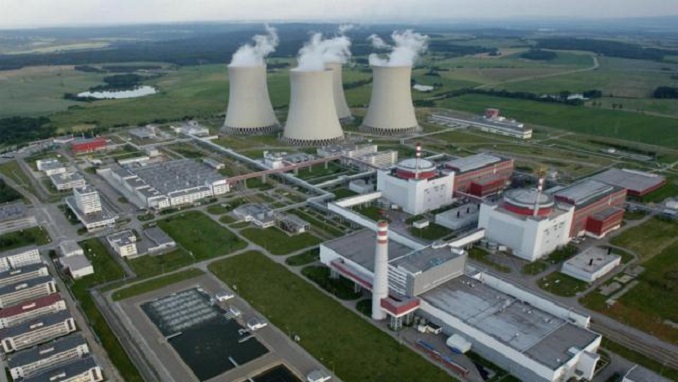Scientists at Tomsk Polytechnic University (TPU) have discovered a method for the synthesis of fuel oxide compositions for high-temperature gas-cooled reactors, making them safe in the event of an accident and synthesizing hydrogen left in them, said Alexander Karengin, associate professor of the Nuclear Fuel Cycle Department at TPU’s Nuclear Engineering School, on the sidelines of the “Hydrogen. Technologies. The Future” conference.
“The advancement of hydrogen technology is currently at the forefront. Water electrolysis and steam transformation of methane are two of the primary ways of production. However, steam conversion requires massive energy inputs, with half of the methane burnt to attain operational temperatures. High-temperature gas-cooled reactors might be the answer. However, the nuclear fuel now in use is not suited for this purpose,” Karengin said.
According to TASS, TPU scientists utilized a grant from the Russian Science Foundation to tackle the challenge of finding fuel blends with the requisite properties. Based on the results of hundreds of tests, they chose the most promising technique of fuel production: one-stage plasma-chemical synthesis in the air plasma flow of fuel oxide compositions from distributed water-organic nitrate solutions including an organic component.
It enables fuel production by utilizing a plasma flow that strikes uranium in a specific nitride solution with the inclusion of organics, mainly alcohol, and metals employed as a matrix (e.g., magnesium). This process allows for the creation of a relatively cheap, but effective and combustible fuel that will generate the appropriate temperature in the fuel element without the danger of destruction. Thus, nuclear reactors will be able to manufacture hydrogen.
The expert added that in a high-temperature reactor with a gas cooling system, a methane-based gas combination might be employed to cool the fuel components. Under the effect of high temperatures, methane would be transformed into much-needed hydrogen. However, a substantial proportion of nuclear power reactors employ ceramic pellets containing uranium dioxide nuclear fuel or scattered thorium-uranium fuel.
During reactor operation, these fuel components (fuel pellets) are heated, but owing to their structure, they do not transmit the warmth well – it reaches the requisite 1,250 degrees Celsius for fusion within the pellet, but only around 400 degrees on the surface. If the temperature is raised, the fuel cells will simply melt, necessitating regular cooling.
Hydrogen is regarded as one of the most promising fuels since, in addition to being very efficient, it is also non-harmful to the environment. According to the International Hydrogen Council, by 2050, hydrogen will account for 18% of global energy consumption.












